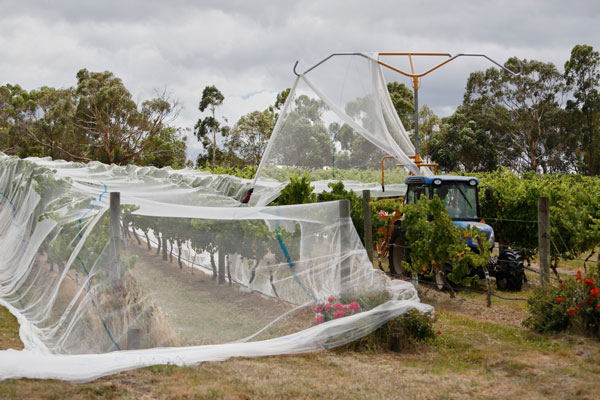With healthy yields in the Yarra Valley, ideally timed rainfall and ripening season temperatures tracking long-term averages, 2021 was an idyllic season for cool-climate varieties. Chardonnay was a highlight, gris the best in several years, and pinot noir perfumed, ethereal and outstanding. Higher yields and cooler conditions favoured growers who moderated yields in shiraz and cabernet, producing generous wines of immediate appeal.
The Yarra Valley rejoiced with good August/September rainfall before wild variations in maximum temperatures. A very mild season following a very hot November, meaning slow ripening after a late bud burst. That said, nails were chewed to the quick by weeks of smoke from the Hunter Valley, replaced by smoke from Gippsland. Incredibly, smoke taint tests came back zero, leading to retest after retest: zero. Old smoke, you see. Yields were pathetically low, with tiny bunches, fruit quality high to very high.
A dry cold winter gave way to a dry mild spring with much needed rainfall in December nurturing the vines through January and over the early heat. The season was characterised by intermittent heat spikes that kept everyone on their toes followed by cool changes. The remainder of the vintage was perfect ripening weather with no rain or disease pressure, it may not go down as the best vintage from the Yarra Valley, but the wine quality looks well above average.
A fairly dry winter saw our dam reaching capacity quite late. This was followed by an unusually wet spring, with several high rainfall storms increasing disease pressure and encouraging me to adopt a slightly different management strategy in the vineyard.
Rather than allow mid row grasses to grow to flowering, thereby encouraging beneficial insects and overall vineyard biodiversity, I repeatedly slashed the mid row. This encouraged grass growth, thereby using more water than otherwise and had the effect of reducing disease pressure in a more natural way.
Of course, by December/January all the rain stopped and we reverted to a very dry season, which reduced disease pressure but increased water requirements. Many vineyards lost significant amounts of crop due to these conditions, however we managed to get through with only slight reductions across the board.
Generally cool nights retained good natural acid with flavours in all varieties coming in early, giving the wines a more delicate structure with nice palate length.
As usual, our Cabernet Sauvignon needed just that little bit longer to hang before picking to get the flavour “just right”.
Andrew Smith
Vineyard Manager
Reasonably good rains over winter and spring set the vines off to a good start with budburst just a fraction later than “usual”.
A cool, wet and windy flowering period resulted in a lower than average fruit set, which meant bunch thinning was reduced later in the season.
The cool flowering, coupled with a slightly later budburst, pushed the harvest back about 10 days or so. This meant we started in early March rather than late February, as has been the case for the last 10 years or so.
Vintage this year occurred over a fairly short time frame, around 4 weeks, with the last variety, Petit Verdot, being harvested on the 8th of April.
Andrew Smith
Vineyard Manager
Favourable conditions during Spring leading into flowering set the scene for the entire year, with all varieties flowering over an unusually short period.
Rainfall events were usually a few weeks apart, and often a reasonably significant amount around 15 – 20mm, before drying out in mid January. Our Summer period was nicely warm, proving once again the value of undervine mulch to help keep the soil temperature down.
Of particular interest this year was the compressed vintage, indicated earlier in the year by the short flowering period. Our harvest is usually spread over 6 – 7 weeks starting with the Pinot Noir and finishing with the Petit Verdot. This year, however, harvest was compressed to just 4 weeks, from late February to late March.
Quality was still outstanding with cool nights aiding in acid retention for a series of high grade wines expected for release over the next two years.
Andrew Smith
Vineyard Manager
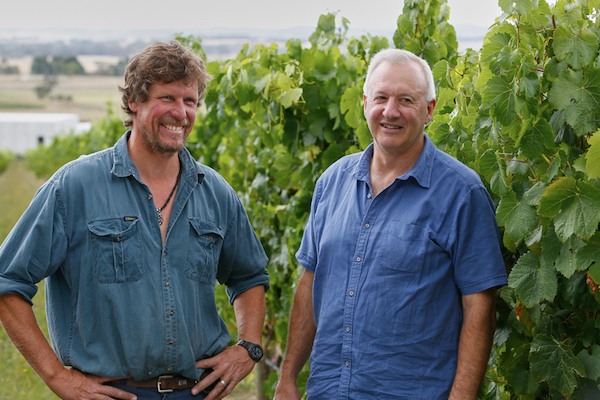
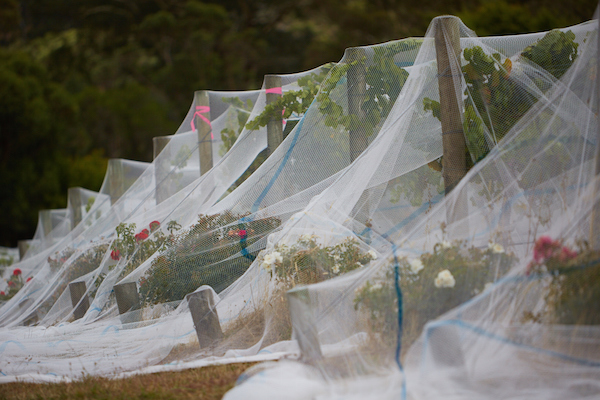
Things started moving in late August, as usual, with the Chardonnay budswell, closely followed by the Pinot Noir, with the Cabernets bringing up the rear a few weeks later.
We were blessed with mild weather right through the season. A nice change from last years cool wet spring! Temperatures didn’t go beyond 35C, and over 30C only a handful of times. Daily maximums were between 25 – 30C for most of January and February. Although typically dry over summer, the moderate temperatures allowed the vines to ripen the crop at a steady rate, free of sunburn and other potentially stressful events.
Flavours developed nicely, with a typical “lag phase” between sugar ripeness and flavour ripeness, particularly with the Cabernets. (This is when the sugar reading is appropriate for harvest, but the flavours disappear for a few days, before re appearing with gusto. It is then that we pick)
This should be a great vintage for a few “keepers”.
Andrew Smith
Vineyard Manager
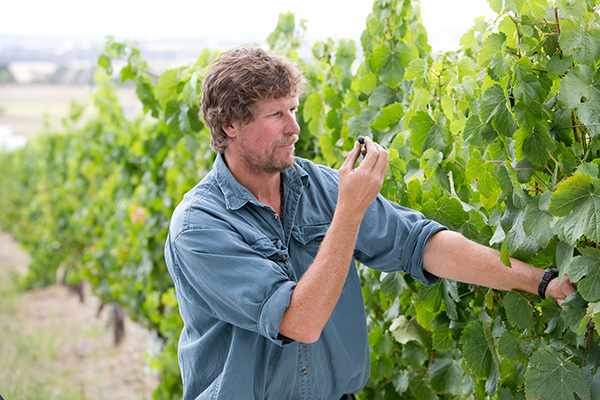
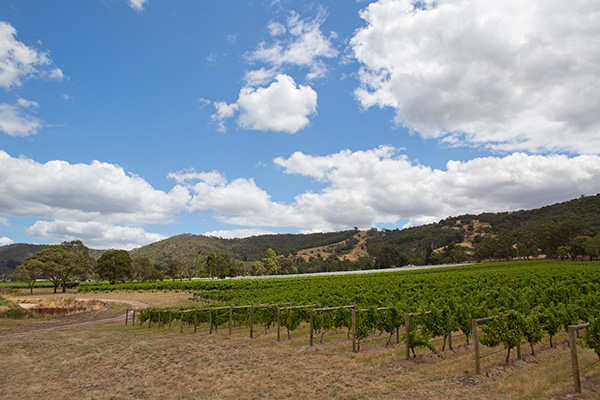
A nice, even budburst saw the season off to a good start around late August for the Pinot Noir and Chardonnay, and mid September for the Cabernets. We experienced a particularly cool, windy and overcast Spring which coincided with the Pinot Noir and Chardonnay flowering, leading to a poor fruit set and low bunch weights. This effect was partially avoided by the later flowering Cabernets. Good early rains set the vines up for a good growing season through what can be a difficult time over the Xmas break in some years, thanks to the occasional passing thunderstorm. This season, however, was typically dry with warm days and cool nights. These climate characteristics help maintain good acid levels that aid flavour development in the wines.
As harvest approached our thoughts earlier in the season around the cool flowering conditions and the potential effect on yield came to fruition (Freudian slip?) with very low bunch weights recovered across all Pinot Noir and Chardonnay blocks. Flavours were, however, extremely good with lovely concentration, particularly in the Chardonnay. As expected, the later flowering Cabernets were effected with a slightly reduced yield but equally lovely flavours. So, in summary, there may not be a great deal of wine from 2014, but what there is should stand out.
Andrew Smith
Vineyard Manager
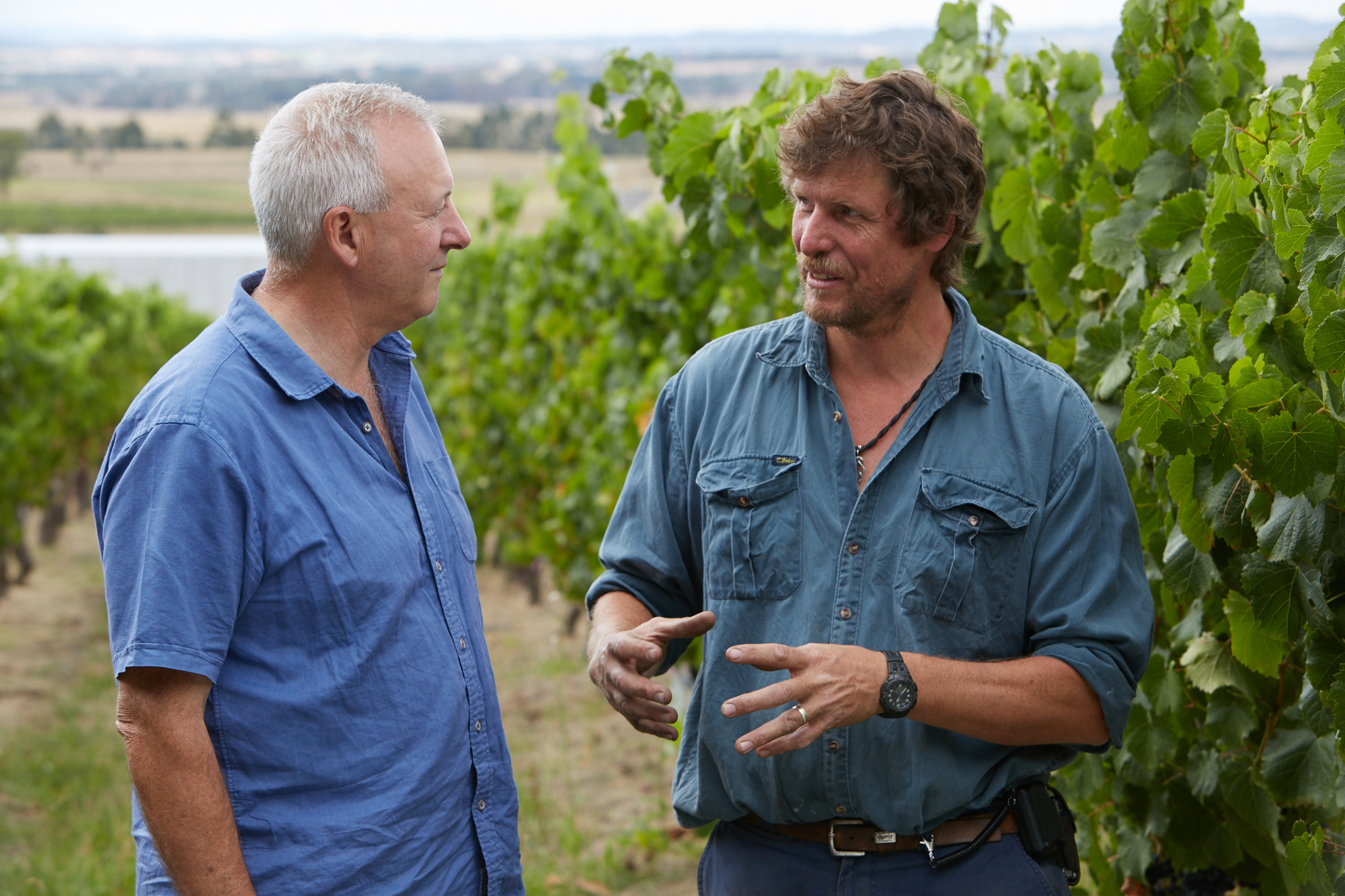
Reasonable winter rainfall set the vineyard up for a good start with even budburst in all varieties. As the season progressed it became apparent that rainfall was likely to be scarce, and by flowering in December we had in place our “dry season” strategy. This is designed to keep the soil cool under the vines, there by reducing vine stress, and encouraging longer than normal grasses to grow midrow, reducing moisture loss.
As vintage approached I heard many comments about the “early season”, up to two weeks ahead in some vineyards, and was interested in the potential timing of our harvest. As it turned out, our Pinot (the first one to be picked) came in on exactly the same day as last year. It was close to the same for all other varieties, the exception being Cabernet Sauvignon, which just needed a bit of “hang time” to broaden its flavours.
Andrew Smith
Vineyard Manager
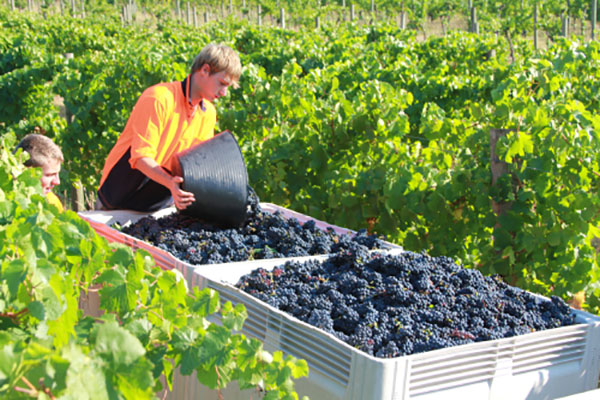
Another wet start to the season, which certainly kept everyone on their toes with the possibility of a repeat season to 2011 looming. Once flowering was completed, the rain backed away leaving a mild, dry lead in to harvest. Its often the period from the start of January that can make or break a season, from a quality perspective, with the potential for heatwaves (2009) and floods (2011) ever present. 2012 was ideal, giving sublime Chardonnay, richly coloured Pinot Noir and complex, beautifully structured Cabernet Sauvignon.
Andrew Smith
Vineyard Manager
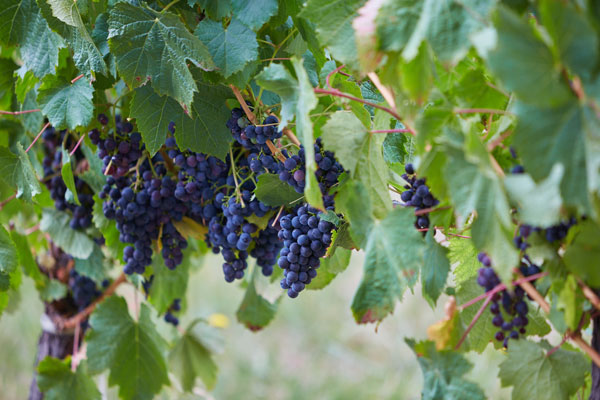
A season of seemingly never ending rain events, adding significant disease pressure to all our blocks. Early flavour development, due to the cool season, enabled picking at slightly lower baumes than 2010, which can be seen in a lighter colour in our Pinot Noirs while still displaying wonderful aromatic qualities. Careful, selective handling of the Cabernet Sauvignon has created a wine of finer structure than the 2010.
Andrew Smith
Vineyard Manager
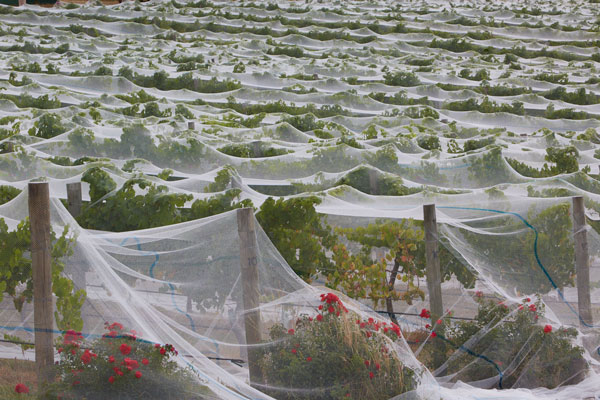
After the devastating events of the 2009 Black Saturday bushfires, 2010 saw a return to a season of exceptionally high quality. Slightly warmer than ‘average’, with the timing of rainfall mitigating the need for additional irrigation. Excellent flowering conditions meant some additional fruit thinning was required to bring yields back down. We regard this as a critical activity which aids in flavour concentration. Excellent quality was achieved across all varieties.
Andrew Smith
Vineyard Manager
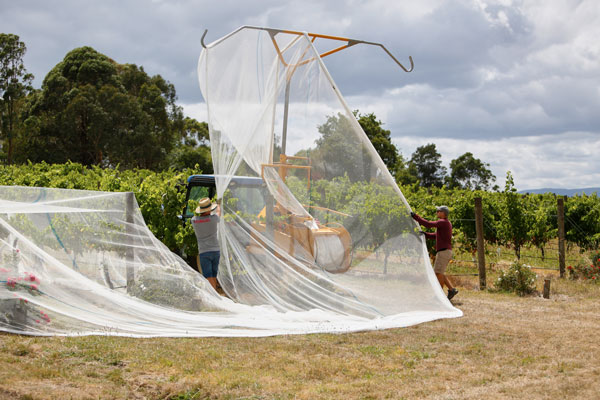
After aquiring the Marthas Vineyard which was established in the 1980's, in 2008 and 2009 we began to focus all our efforts to improve it, although challenges and difficulties went far beyond our original expectations. First of all we conducted a comprehensive inspection of around 50,000 grape vines over an area of 55 acres to ensure their basic health. Furthermore in order to achieve higher quality grapes, we adopted the trunk pruning method and VSP branches management method in a step by step project to support future development. In addition to other infrastructure projects we also reconstructed the pond to enlargen storage capacity and extended an irrigation system which laid the groundwork for future coordination.
